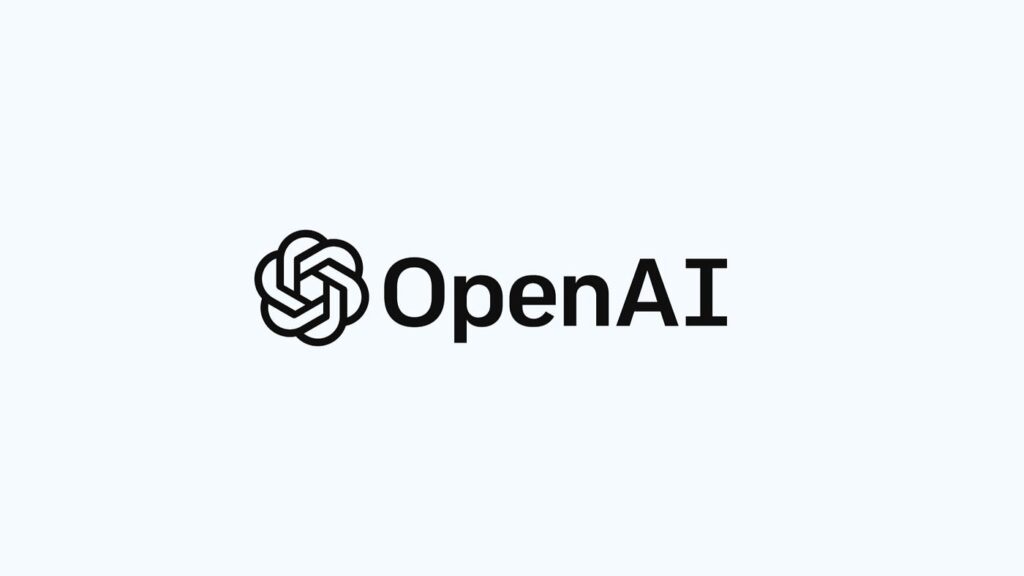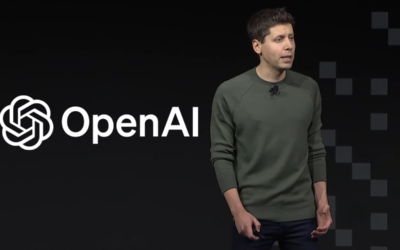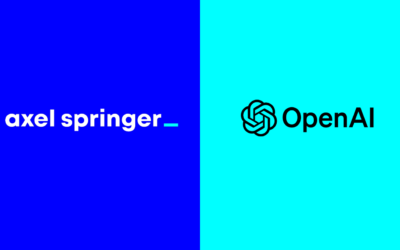OpenAI’s Media Chief Reveals Why Readers Reject ChatGPT News: A Deep Dive into AI-Generated Content

Artificial intelligence (AI) has made remarkable strides across various industries, reshaping everything from healthcare to transportation. One area where AI is gaining ground but encountering significant challenges is in content generation, particularly news and journalism. Recently, OpenAI’s Media Chief, Peter Rojas, made headlines by stating that AI-generated news stories, specifically those written by ChatGPT, are not resonating well with readers. Rojas’s insight sheds light on a critical challenge AI faces in media and highlights the nuanced relationship between human readers and AI-created content.
In this blog, we will explore the reasons behind the rejection of AI-generated news stories, examine the future of AI in journalism, and discuss the implications for media outlets that are considering the integration of AI.
Why Are Readers Rejecting AI-Generated News?
- Lack of Emotional Connection and Human Intuition
One of the primary reasons readers are rejecting AI-generated stories is the absence of emotional depth and human intuition. News is not just about conveying facts but also about understanding human experiences and perspectives. AI tools like ChatGPT, while highly advanced, lack the ability to capture the subtleties of human emotions, reactions, and cultural nuances that are inherent to good storytelling. Readers often seek content that resonates on a personal level—something that AI-generated content has yet to achieve convincingly. - Perception of Inauthenticity
Another significant issue is the perception that AI-generated content is inauthentic. When readers are aware that a news article or story has been produced by AI, they may inherently question its reliability and integrity. There’s a deep-rooted trust in human journalism, where the background, expertise, and investigative effort of a journalist play a vital role in how content is consumed. The idea that a machine can replicate the investigative rigor of a seasoned reporter is difficult for many to accept. - Over-Simplification and Lack of Depth
While AI-generated content can efficiently summarize news stories or reports, it often falls short in providing the in-depth analysis that readers expect from serious journalism. AI can summarize facts, but it struggles with critical thinking, investigative questioning, and drawing nuanced conclusions—core aspects of high-quality journalism. For news consumers seeking in-depth insight and detailed reporting, AI content can come across as shallow or overly simplistic. - Errors in Context and Understanding
AI-generated content is prone to errors, especially when context or understanding of complex issues is required. ChatGPT, for instance, may misinterpret the significance of certain events or fail to connect related news items in a meaningful way. In news reporting, the accuracy and contextual relevance of information are paramount. Readers have little tolerance for content that lacks depth or misrepresents facts, which can diminish trust in AI-generated stories. - Resistance to Change in Traditional Media Consumption
Human-written journalism has centuries of history behind it, and for many readers, it remains a preferred mode of consuming news. There’s a certain resistance to the idea that machines can replace the role of a journalist, whose job often involves intuition, ethical considerations, and human empathy. This cultural and psychological attachment to human-created stories further fuels rejection of AI-generated content.
The Role of AI in Journalism: Potential and Pitfalls
Despite these challenges, AI holds immense potential in assisting journalists and media outlets. AI can be leveraged to perform time-consuming tasks such as data collection, analysis, and content curation, leaving journalists more time to focus on investigative work, opinion pieces, and in-depth stories that require human insight. Tools like ChatGPT can be beneficial in automating routine tasks, such as summarizing earnings reports, writing sports updates, or even generating initial drafts for human editors to refine.
However, AI is not yet ready to fully take over the role of journalists in producing in-depth, emotionally resonant news stories. The future of AI in media will likely involve a hybrid model, where human journalists work in collaboration with AI tools to optimize efficiency while preserving the human touch readers value.
The Future of AI in Newsrooms: Is There a Middle Ground?
The media landscape is evolving, and AI will undoubtedly play a growing role. However, rather than replacing human journalists, AI should be seen as a tool to augment their work. By integrating AI for tasks like data processing, real-time content generation, and error-checking, news organizations can streamline operations while human journalists focus on crafting insightful, thought-provoking stories.
There’s also room for AI in personalized news curation, where algorithms can recommend articles based on individual reading habits. AI could also be utilized for fact-checking and verifying sources in real-time, reducing the spread of misinformation. As the technology advances, AI-generated content will likely improve, but the need for human editors, investigative reporters, and thought leaders will remain paramount in maintaining the depth and integrity of news.
Conclusion: AI and Journalism—A Complementary Relationship?
Peter Rojas’s revelation that readers are rejecting AI-generated news points to a broader issue: journalism is about more than just relaying information. It’s about crafting narratives, providing context, and connecting with readers on a deeper level. AI, in its current form, is not yet capable of achieving that level of engagement. For now, AI remains a powerful tool for streamlining content production and data analysis, but it’s not a replacement for human storytelling. The future of journalism may very well involve AI, but only in a complementary capacity, where the strengths of human creativity and machine efficiency work in tandem.
As news organizations navigate this evolving landscape, they will need to strike a balance between adopting AI for operational efficiency and preserving the human elements that readers crave in journalism.





